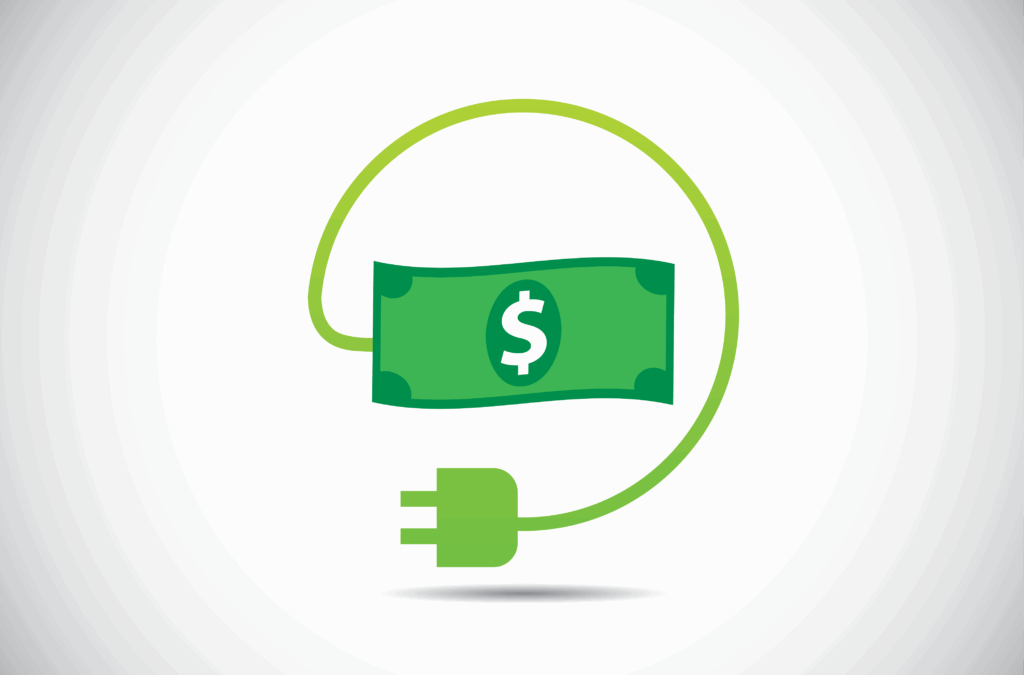

Debris is piling up in orbit.
That poses a growing risk for the thousands of satellites already in use and the many thousands more planned for low earth orbit. Even small pieces of debris speeding through space can cause significant damage.
In total, there are about 30,000 pieces of debris that are being tracked by ground-based radar systems. We can only track pieces that are bigger than a tennis ball in size. Anything smaller than that cannot be tracked, and estimates suggest that there are millions of pieces that are smaller than that. Bear in mind that objects in low earth orbit are traveling at seven kilometers per second. Even a tiny piece of debris or dust particle carries significant kinetic energy that can cause huge amounts of damage to a satellite.
$2.35 billion >> Insurtech funding in Q3 2022
2.5% >> Decline from Q2 2022
25% >> Year-over-year drop from $3.13 billion in Q3 2021
$20.4 million >> Average deal size in Q3 2022
$1.77 billion >> Q3 funding for property and casualty insurtech deals
$579 million >> Q3 funding for life and health insurtech deals
Source: Gallagher Re Global Insurtech Report
In the early days, people didn’t worry about disposing of satellites. Space is big. People launched satellites. When they failed or were retired at the end of their mission, they were just left there. Nobody worried about littering the space environment. There’s a huge empty space. What are the chances of two satellites colliding? Over the years we’ve seen collisions take place, but we’ve also seen events like the upper stages of rockets—which have delivered a satellite and are sometimes left in orbit—explode after years of just sitting in orbit. The pressure inside the tanks left over from the residual propellant has sometimes been enough to cause them to explode, which has created showers of debris.
So that is the problem going forward, from man-made objects that are either now defunct or have broken up over time, rocket bodies that have exploded, and collisions between pieces of debris or debris colliding with defunct satellites. We’ve only really seen one operational satellite completely destroyed by space debris, but we believe there are collisions taking place between pieces of debris and satellites that are no longer active.
Low earth orbit is also used for imaging satellites, so anything that uses satellite imagery, such as town planning, pollution monitoring or civil engineering projects, could be affected. Military applications could also be affected. Look at the number of images that we’ve seen from commercial satellites of Ukraine that are being used for military intelligence purposes.
We’re starting to see more communication services from low earth orbit. Usually, satellite communications use satellites that are in geostationary orbit; they’re 36,000 kilometers above the equator and significantly away from the worst of the debris problem. There is a debris problem up there as well but not as bad as low earth orbit. What we’re seeing more of are satellite constellations like Starlink, which are launching thousands of satellites to provide real-time, continuous communication services. It could start to affect things like broadband services and not only to home users, as Starlink is looking at getting its services into aircraft and ships too.
In the not-so-distant future, one of the big markets will be direct-to-cell-phone services. You might have seen one of the recent announcements that Globalstar and Apple are teaming up to allow emergency messaging from an Apple phone directly to a Globalstar satellite, and it could affect those kinds of services in the future as well.
Satellites in low earth orbit are providing emergency help on the ground. Apple now offers satellite messaging for emergencies when cellular and Wi-Fi coverage are unavailable. Apple’s Emergency SOS via satellite works on all iPhone 14 models and follows a $450 million investment by the company, mostly in U.S.-based Globalstar. The technology allows users to message emergency services via one of Globalstar’s 24 satellites in low earth orbit and to share their location with family and friends via satellite using the Find My app. The service was launched in the U.S. and Canada in November and was to expand to France, Germany, Ireland and the United Kingdom in December. The iPhone 14 also provides crash detection that can detect a severe car crash and automatically dial emergency services when a user is unconscious or unable.
It’s not just the damage. Some of the research facilities require very precise levels of the microgravity environment. Every time you fire a thruster on the space station, it disturbs the space station. If you have some very sensitive pharmaceutical research, trying to grow a crystal, or something like that, any disturbance to the microgravity might affect the purity of that crystallization. If we start seeing some of these facilities having to be maneuvered quite frequently, it might restrict the kind of science that can be taking place.
Most of the other solutions really revolve around monitoring and trying to prepare for the end of life of the satellite. Companies like LeoLabs are using ground-based radars that will provide a service to indicate a piece of debris is coming your way [and] you need to maneuver your satellite. There’s a company called Privateer working in that area, looking at collision-avoidance warnings to satellite operators.
The regulators are also starting to look at it. The U.S. [Federal Aviation Administration], U.K. [Civil Aviation Authority] and French regulators are taking a keen interest in the sustainability of the space environment. They will likely start to add some requirements into the licenses that they issue, such as if you go above a certain altitude you must reserve some propellant to be able to drive your satellite back down into a lower orbit to allow it to burn up quickly at the end of life.
As an aside, out of the 6,000 active satellites that are in orbit today, only 300 are insured, and something like 220 of those are in geostationary orbit. Total insured exposure in orbit is $30 billion, and only about $4 billion of that is in low earth orbit. We are looking at a very small segment of our book of business that is in low earth orbit. There is that risk that, if the debris environment gets too bad, space insurers might just walk away from low earth orbit risks altogether. If insurers start to walk away, it potentially curtails investment, curtails some of those business opportunities. A lot of commercial activities are happening in low earth orbit, and we need to be there to work with these companies to help them and allow them to take those risks.
The other thing we announced just recently is that the U.K. regulator is working on a “kitemark,” a stamp of approval, for companies that go the extra mile to look at space sustainability efforts. We are working with a group called the Earth and Space Sustainability Initiative to define this kitemark and what we would look for to say these particular satellite operators, these particular satellite manufacturers have really gone above and beyond to consider the sustainability of the space environment. That’s now been supported by Lloyd’s and the Lloyd’s Market Association to work with the Earth and Space Sustainability Initiative.
This kitemark idea is starting in the U.K., but I don’t think it will stay in the U.K. It will either become recognized worldwide, or we will end up with multiple kitemarks. Either way, it is all taking us in the right direction.




